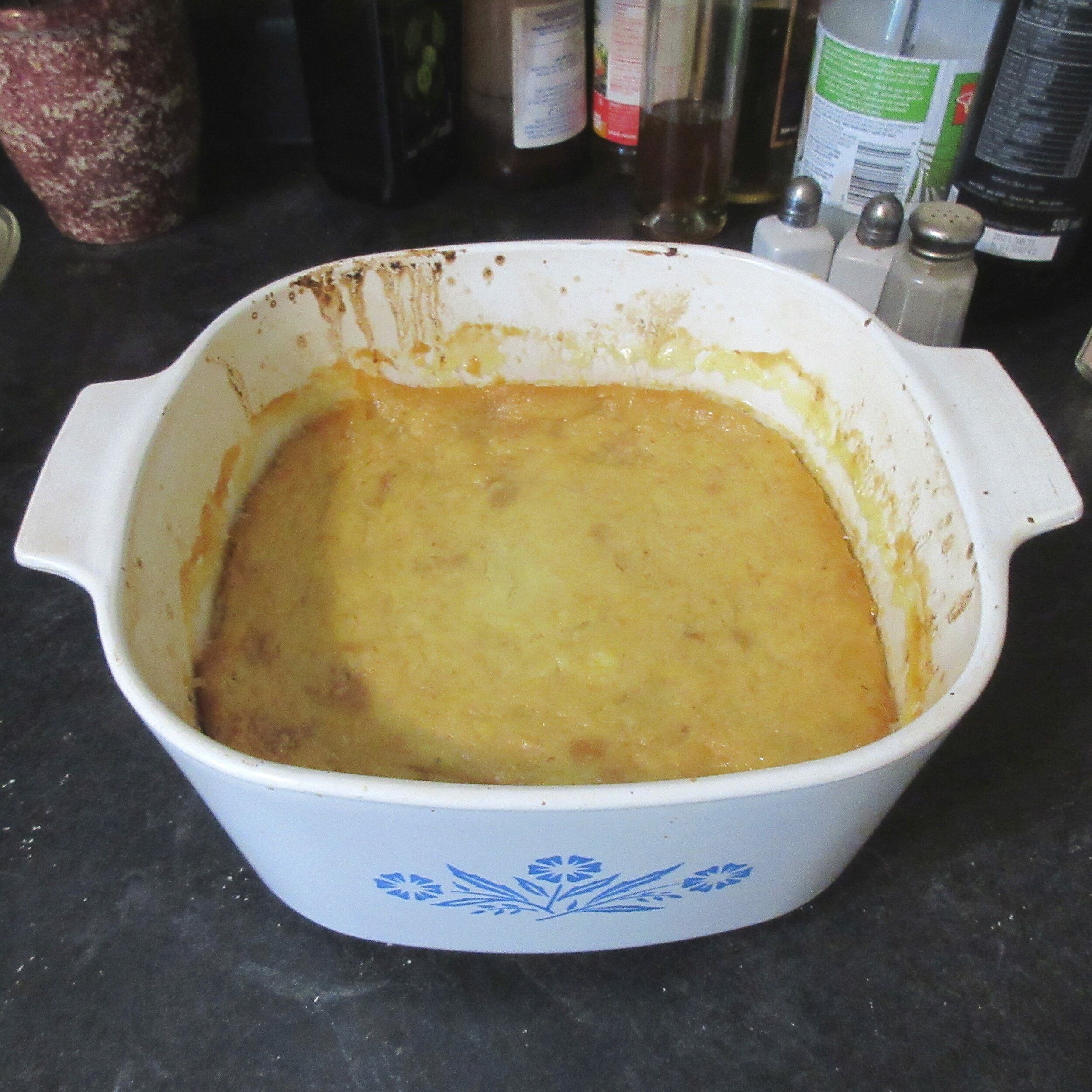Queen of Puddings
/ You’ll find this recipe in:
The Home Cook Book
Toronto, 1877
Historic Recipes:
The Home Cook Book is Canada’s first community cookbook. Queen of Puddings must have been popular in Toronto in the late 1870s because this recipe (with various names) was submitted by 5 different women to the Puddings chapter of the book! Keep reading for my recipe, which was inspired by all five.
PRESERVES PUDDING.
Mrs. R. Beaty.
One pint of bread crumbs, one quart of milk, eight tablespoons of sugar, yolks of four eggs; beat yolks and sugar together, then stir in the crumbs with the boiling milk and the rind of one lemon. When pudding is done, beat the whites to a stiff froth with two tablespoonfuls white sugar. Spread the pudding with jam or jelly over the top, then put on the whites of egg and bake to a light brown.
QUEEN OF PUDDINGS.
One pint of bread crumbs, one quart milk, four eggs, (the yolks), piece of butter the size of an egg, sugar to sweeten, flavour with lemon. When baked, spread with jelly, then the whites of the eggs beaten to a stiff froth, with a little sugar and lemon spread of top; brown slightly in a hot oven. To be eaten with sugar and cream.
THE QUEEN OF PUDDINGS.
Mrs. John Morse.
One pint of bread crumbs, one pint of milk, the yolks of three eggs; bake in the oven a short time, until it become stiff; then place preserves over this, and beat the whites of the three eggs to a froth and lay all over this again; sprinkle white sugar on the top, and allow it to brown in the oven for a few minutes.
JELLY PUDDING.
Mrs. C. H. Wheeler.
One quart milk, one pint of bread crumbs, yolks of four beaten eggs, one-half cup of sugar; bake about half an hour; when cool, spread jelly over the pudding, beat the whites with a little sugar, and spread on top for frosting; set back in the oven a few minutes after the whites have been spread on the pudding; excellent for Sunday dinners, as it may be eaten cold.
MERINGUE PUDDING.
Mrs. C. A. Rogers.
One pint of stale bread crumbs, one quart of milk, the yolks of four eggs, butter the size of an egg, a small cup of sugar, salt, the grated rind of one lemon; bake three-quarters of an hour. When cool, spread the top with preserves or jelly; beat the whites of the eggs with five tablespoons of pulverized sugar; spread on the pudding, and brown in a quick oven; eat with cream.
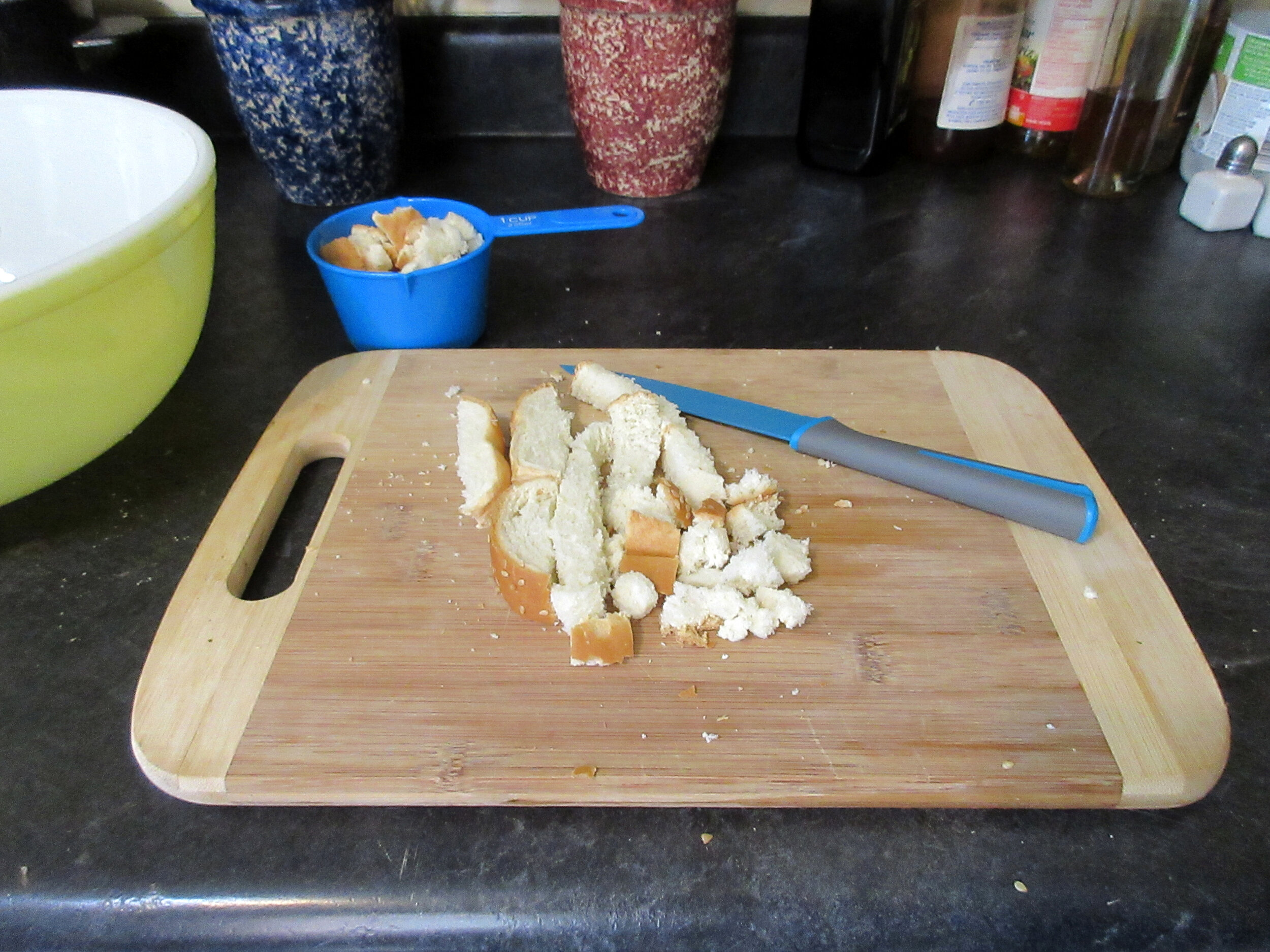

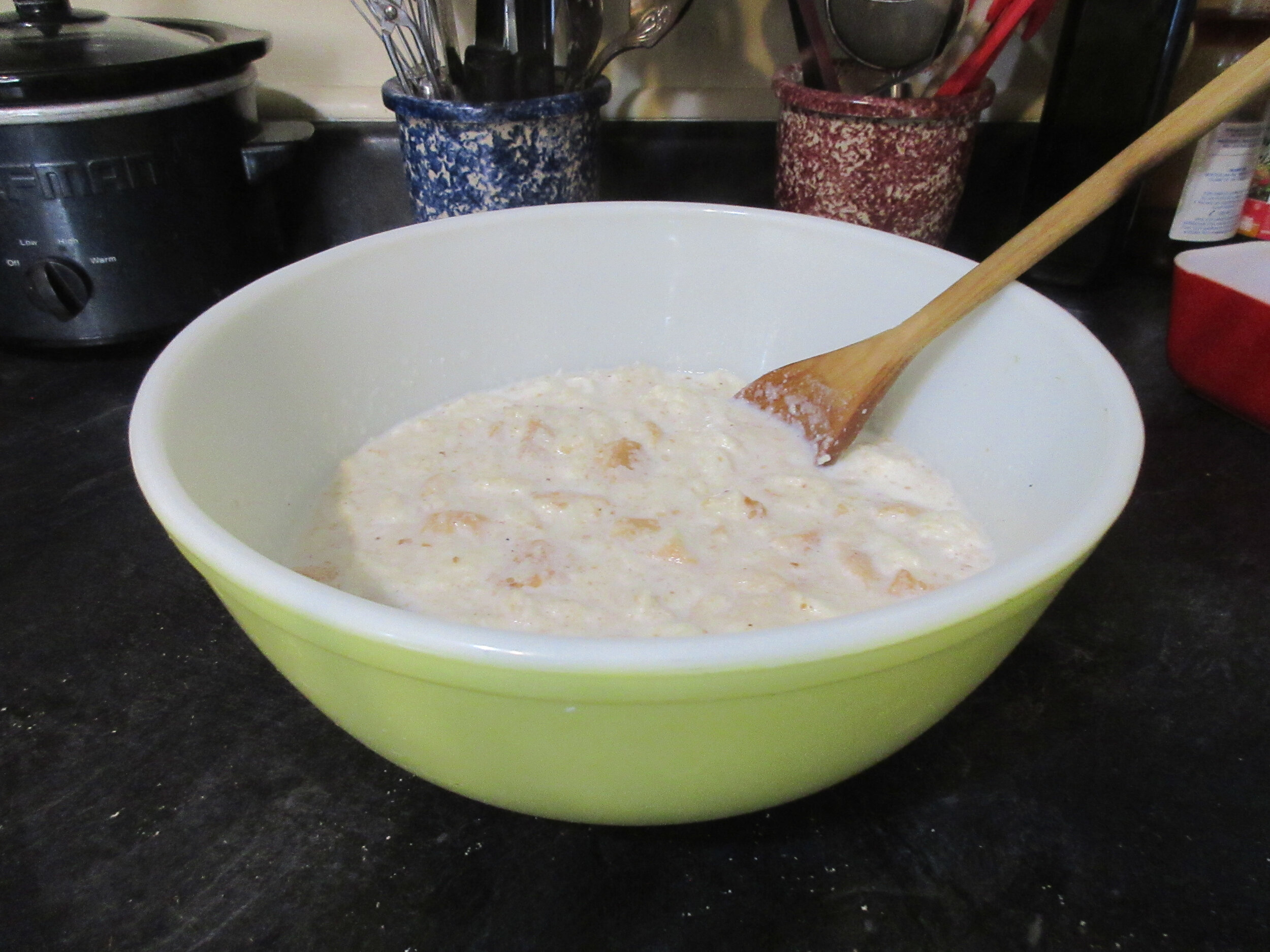

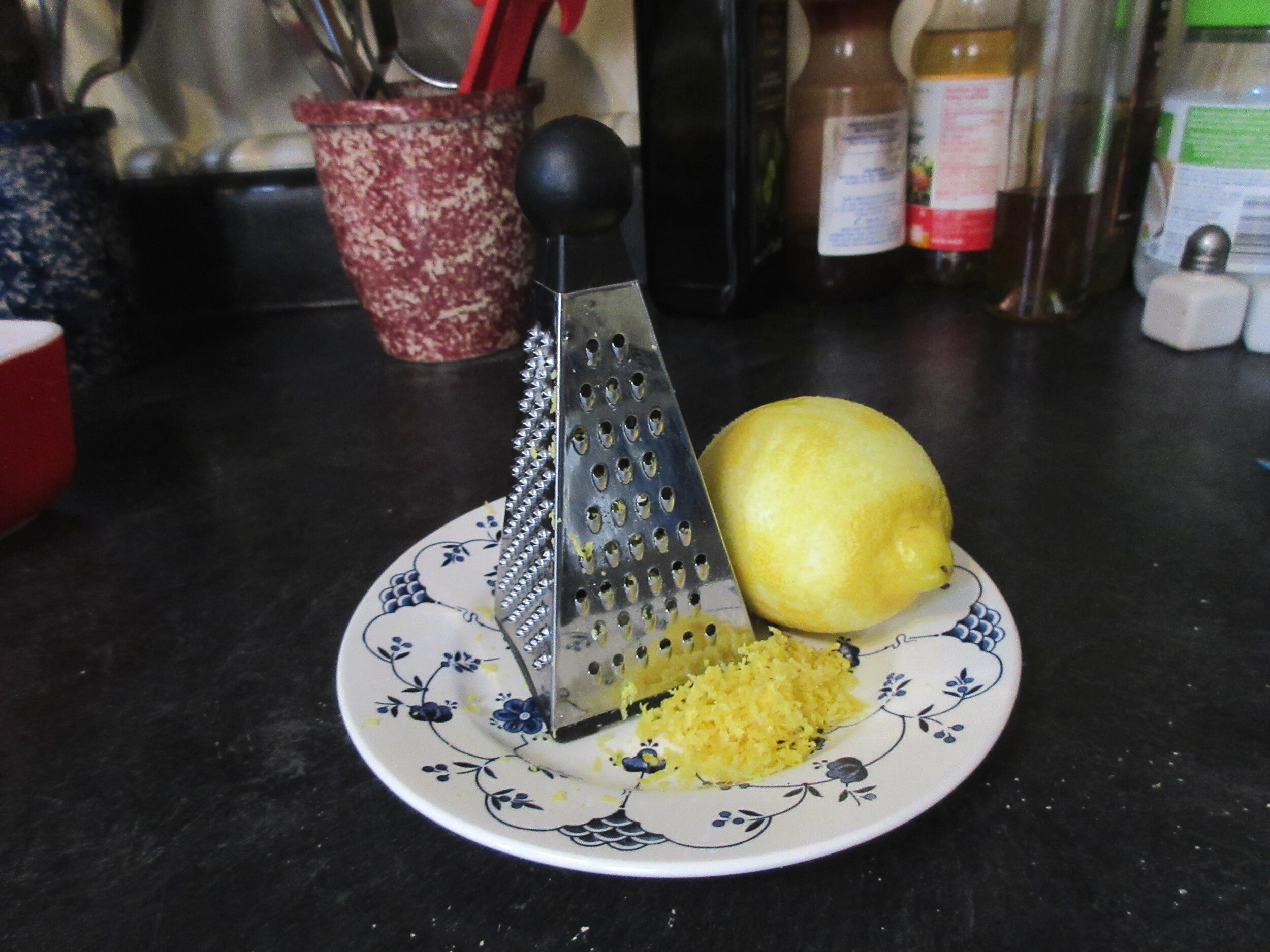
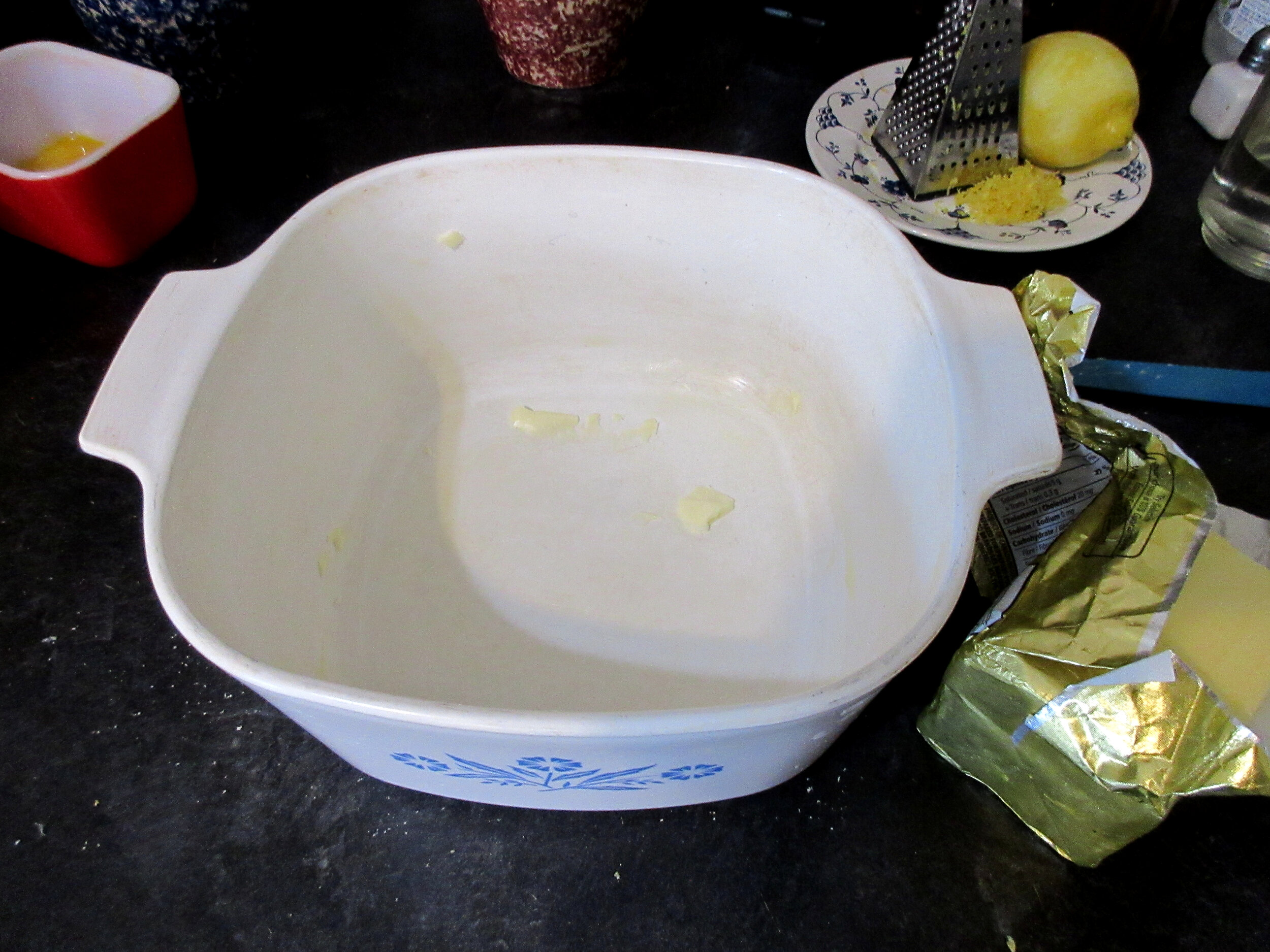
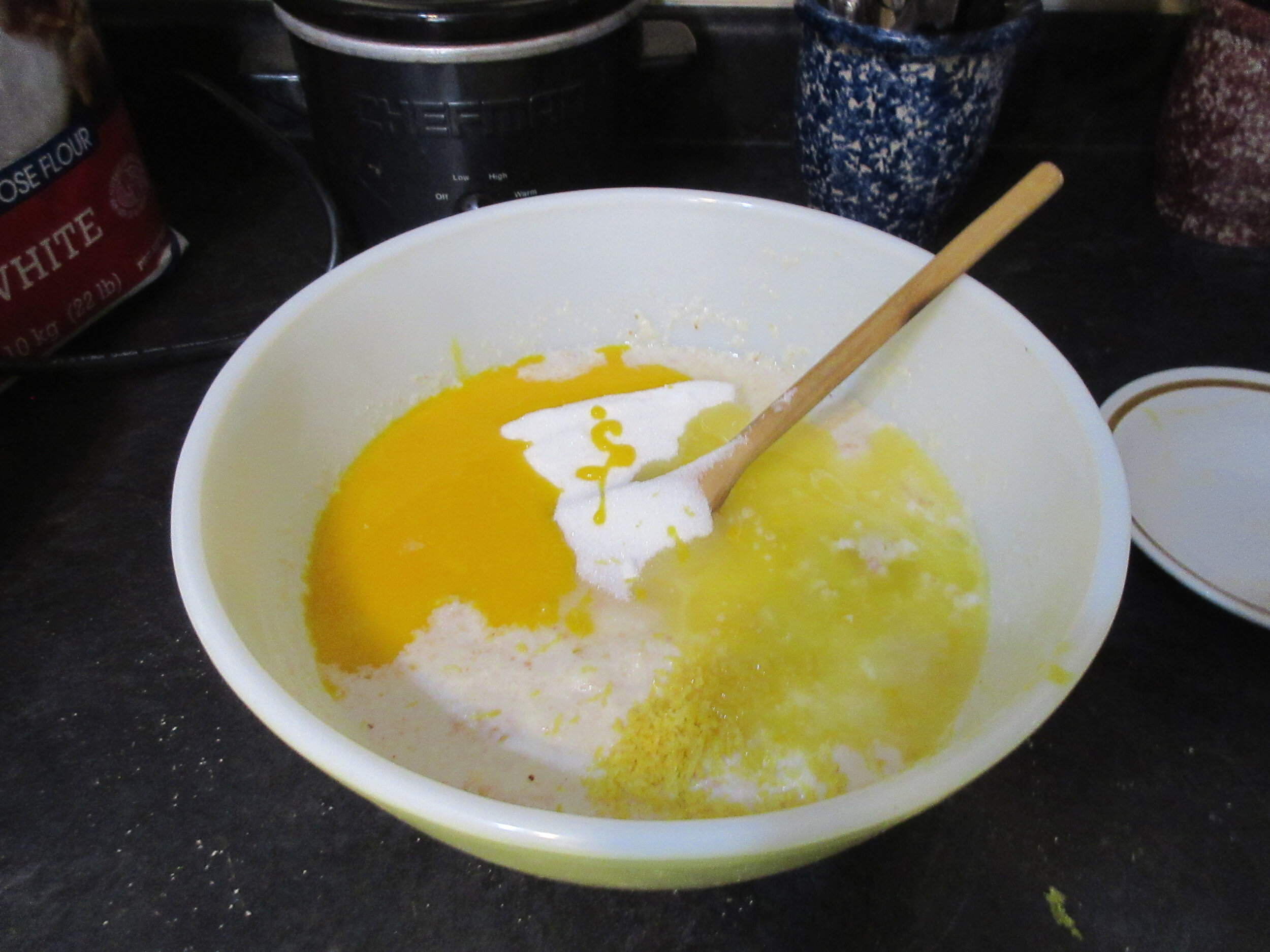
My Recipe:
4 cups milk – 946 mL
2 cups breadcrumbs – 170 g
(I used roughly half cut-up bread, half store-bought breadcrumbs)
4 eggs, separated into yolks and whites
Zest of one lemon
1/2 cup white sugar – 115 g
1/4 cup butter – 57 g
Jam or jelly
1/4 cup + 1 tbsp white sugar – 70 g (for the meringue)
Cream for serving (optional)
Heat the milk on the stove until boiling and add to the breadcrumbs in a large bowl. Allow the milk and breadcrumb mixture to sit for at least 20 minutes, until the bread has absorbed the milk.
Preheat your oven to 350 F or 175 C. While you wait for the breadcrumbs to soak up the milk, separate the yolks and whites of the eggs. Beat the egg yolks and set aside the egg whites in a mixing bowl at room-temperature for making the meringue later. Grate the zest of one lemon, butter your baking dish and melt 1/4 cup (57 g) butter.
Add the melted butter, egg yolks, lemon zest and 1/2 cup (115 g) white sugar to the milk & breadcrumbs. Pour into your baking dish. I used a 12 cup or 2.8 L casserole dish and it was slightly larger than was needed.
Bake, uncovered, until it is firm in the middle (about an hour).
When the pudding is very close to being fully baked, beat the egg whites into a meringue, until stiff. A spoonful at a time, add 1/4 cup + 1 tbsp (70 g) white sugar to the meringue while beating. The meringue is done when you lift your (non-moving!) beater up and stiff peaks form.
Spread a layer of jam or jelly on top of the pudding. Gently spread the meringue on top of the pudding & jam or jelly layer, then put back into the oven for about 20 minutes or until it is slightly golden on top.
Serve warm or cold with cream on top, if desired.

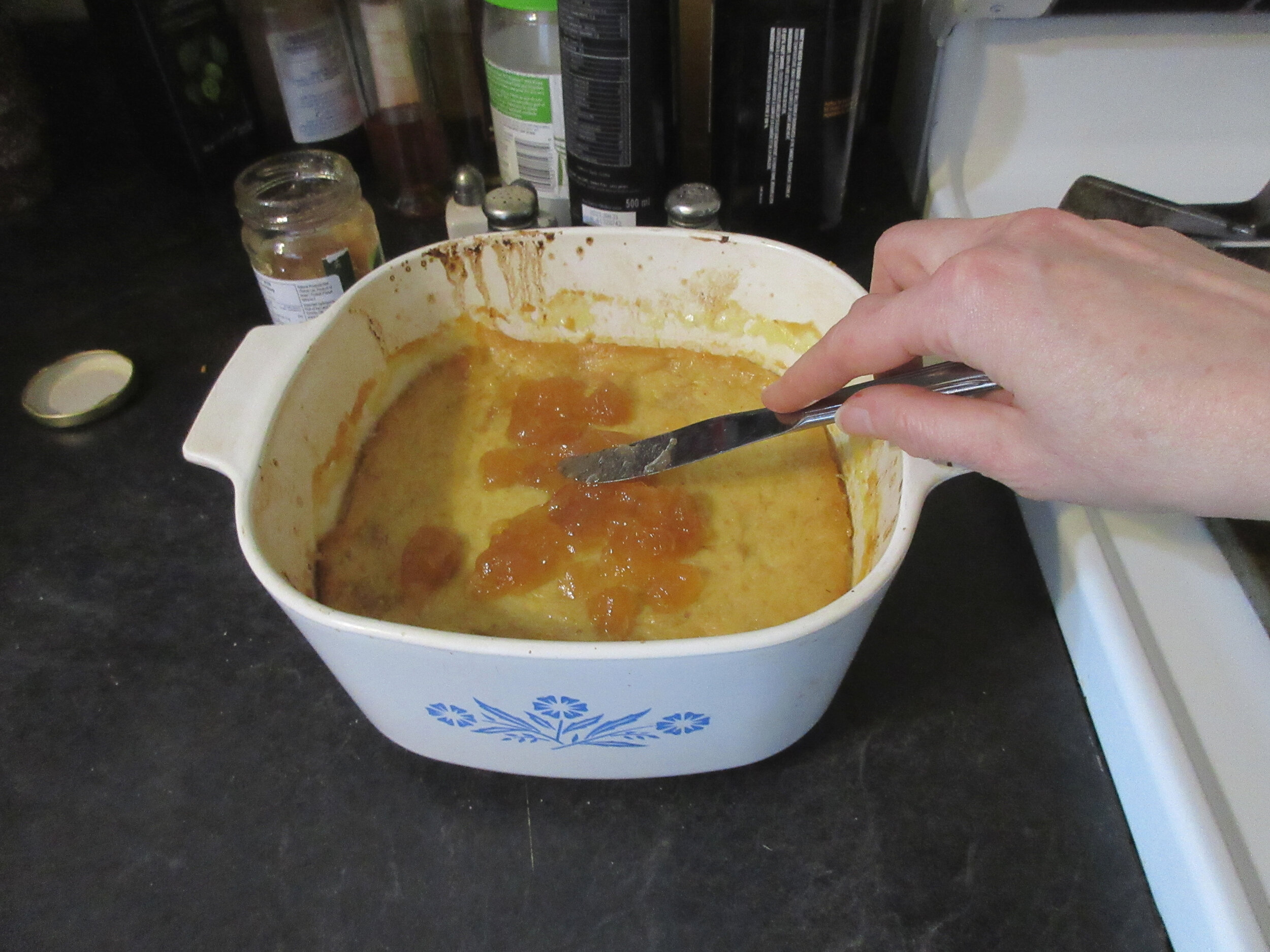
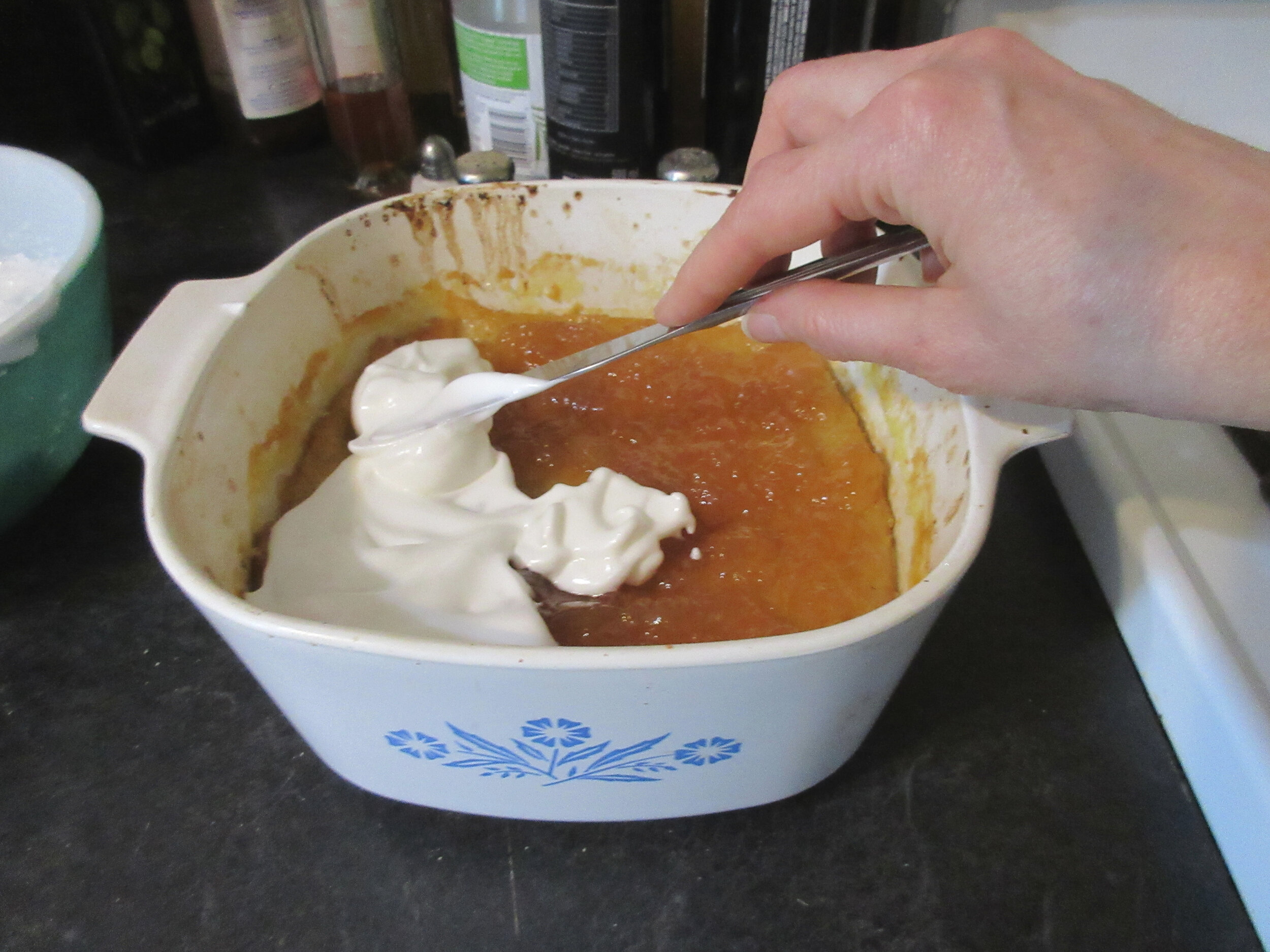
This Queen of Puddings recipe makes a lot. In fact, I’d make a half batch if you’re making it for 2 or 3 people. I had plenty to share with friends & family and I described it to the people I gave it to as a lemony soufflé bottom with a jam layer and meringue on top. The reviews I received were: no response, that it was delightful, “it was very good and had a unique texture”, and it was weird to eat with mint ice cream.
My inspiration for deciding to make Queen of Puddings was the mound of breadcrumbs taking up space in my freezer that I had saved when I made Mushroom Rolls. In fact, I had so many crusts in my freezer that I also made Pineapple Nut Stuffing at the same time and still had some crusts left over. Afterwards, the ultimate way to clear out my freezer was forced upon me. My freezer stopped working. Problem solved, no more frozen bread crusts!
These pictures and this recipe aren’t from the first time I tried making Queen of Puddings, though. For my first attempt, I decided to base my recipe on only one of the five Queen of Puddings recipes...and...it did not turn out well. I used the amounts listed in the recipe - two times the milk as breadcrumbs - but the milk didn’t absorb into the bread and I was left with a bread soup! There was no way that the bread & milk mixture was going to become firm in the oven. I ended up doubling the breadcrumbs, so that there was 4 cups of each in the pudding, but I ended up with a very firm and bready pudding at the bottom.
I had a look at all five Queen of Puddings recipes in The Home Cook Book and they all list double the milk as breadcrumbs, except for one recipe, which lists equal amounts. Could 4 out of 5 recipes have the measurements wrong?
Often historic recipes don’t quite list all the necessary instructions or all the ingredient measurements, because it is assumed that you’ll know how much flour to add or you’ll know all the steps from experience. To make problems worse, likely all these recipes were submitted by people jotting them down on a piece of paper. In these instances, when I have a recipe mystery on my hands and I can’t find the answer in another historic source, I turn to the recipes of today.
All the contemporary Queen of Pudding recipes called for more milk than breadcrumbs, so I knew it likely wasn’t the ratio that was off. But there was one step that was mentioned in only one of the five historic recipes that was in every single contemporary recipe: “then stir in the crumbs with the boiling milk”. So that was the problem! When the milk is boiling, the breadcrumbs absorb much much more of the milk than if it is cold.
For my second try at making Queen of Puddings, I decided to take bits and pieces of all five recipes. I knew from the first time that I really liked the grated lemon zest, so I made sure to include it, even though it’s not in all five recipes. I used pear jelly the second time, but I actually prefer the flavours of the blackberry jelly that I used in batch #1. The final pudding is much more light and soufflé-like and I prefer it to the breadier and firmer texture that I ended up with my first botched attempt.
Read the Cookbook:


